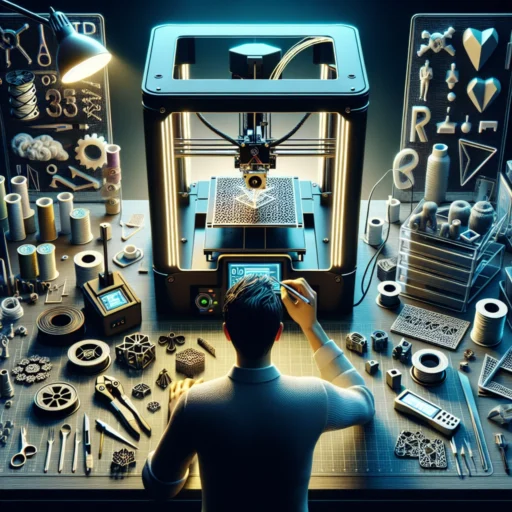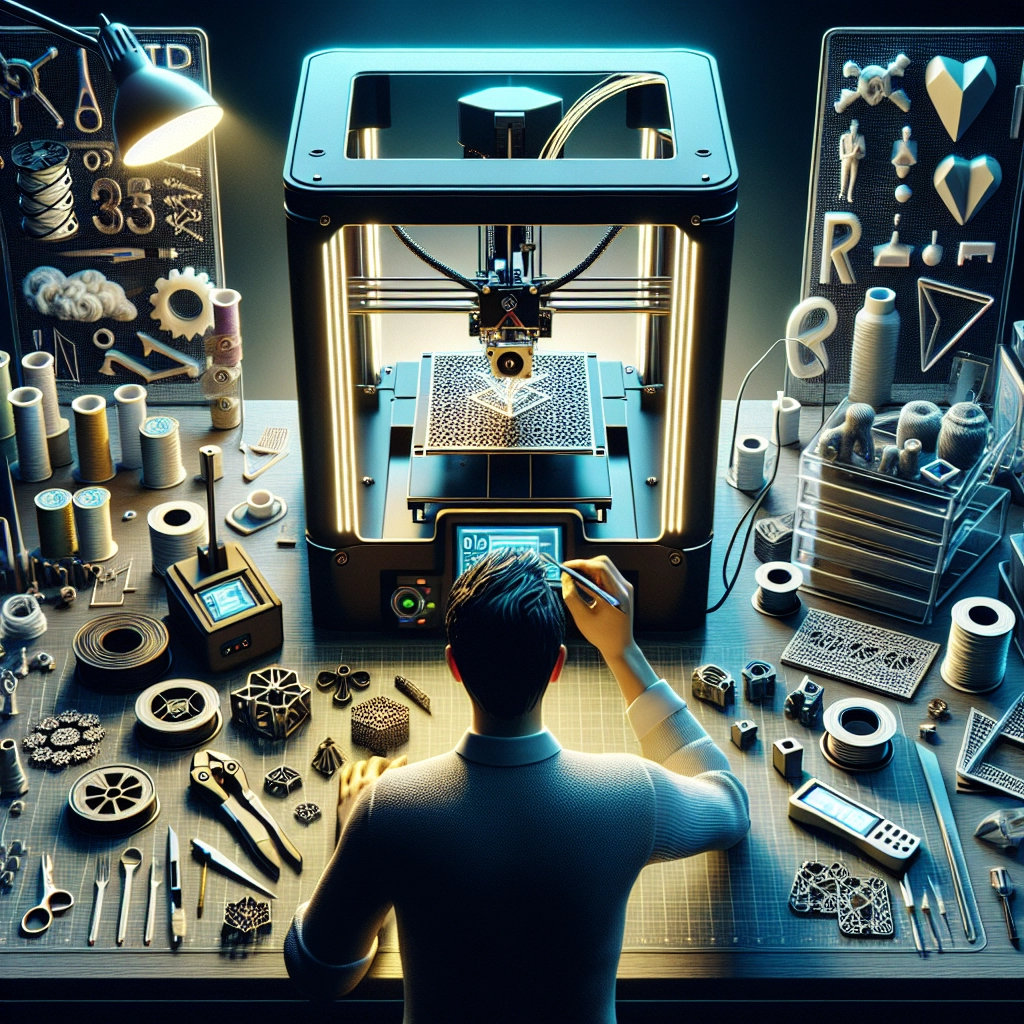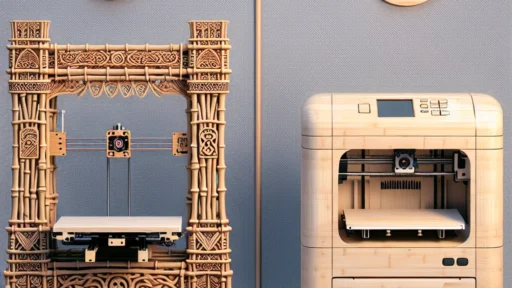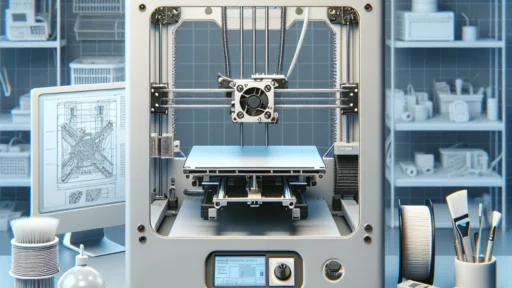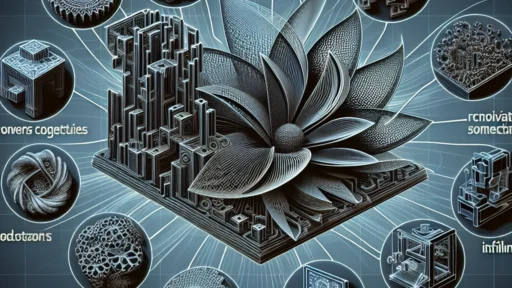How to Improve Your 3D Printing Skills with Practice
3D printing has become a popular hobby and profession for many, and it’s easy to see why. The ability to turn a digital model into a tangible object is exciting and empowering. However, like any skill, mastering the art of 3D printing takes time and practice. Whether you’re a beginner looking to dip your toes into this incredible technology or a seasoned creator aiming to refine your craft, there are plenty of ways to enhance your 3D printing skills through dedicated practice. Let’s dive in!
Start with the Basics
Before you can truly advance in your 3D printing journey, it’s important to solidify your understanding of the basics. Familiarize yourself with the components of your printer, the different types of filaments, and how each material behaves. Understanding how various settings affect the print quality, such as layer height, print speed, temperature, and bed adhesion, lays a strong foundation for successful prints.
One great way to get comfortable is by following tutorials that walk you through printing simple objects. Start with models that are designed for beginners, such as keychains, phone stands, or basic geometric shapes. These projects will help you get used to the printing process without becoming overwhelmed.
Embrace the Learning Curve
Mistakes and failures are a normal part of learning anything new, and 3D printing is no exception. Instead of getting discouraged by failed prints, view them as valuable learning experiences. Each unsuccessful attempt can provide insights into what went wrong, whether it’s a miscalibrated printer, an incorrect slicer setting, or an issue with the design file itself.
It can be easy to shy away from trial and error, but don’t be afraid to push your limits. Tackle more complex designs as you gain confidence, experimenting with different print orientations, layer settings, and advanced printing techniques. The more you engage with your printer and the software, the more skilled you will become.
Join a Community
Getting involved with a community of fellow 3D printing enthusiasts can provide immense support and inspiration. Online forums, social media groups, and local maker spaces are great places to connect with others who share your passion for 3D printing. These platforms often feature members who are more than willing to share their knowledge, offer troubleshooting advice, and showcase their projects.
Participating in challenges or collaborative projects can also push your skills further. Consider participating in online contests where you can showcase your prints or join a group project to learn from others and expand your skill set.
Practice Design Skills
While printing is an essential part of the process, creating your own 3D designs will significantly improve your skills. Not only will it give you a deeper understanding of how objects come together, but it also allows for creativity and exploration. You don’t need to be a professional designer right away. Start with simple design software like Tinkercad or SketchUp, which are user-friendly and ideal for beginners.
As you gain experience, you can experiment with more advanced software such as Fusion 360 or Blender. Learning design techniques can actually aid your printing skills, helping you create better-fitting parts or more complex structures. Plus, you’ll have the satisfaction of bringing your original ideas to life!
Optimize Your Workflow
As you become more adept at both printing and designing, consider ways to optimize your workflow. Develop a routine for preparing and executing prints, including organizing design files, calibrating your printer, and maintaining your equipment. Keeping your workspace tidy and your tools on hand will also save time and reduce frustration during the printing and troubleshooting processes.
Document your findings and changes as you go, whether it’s through jotting down notes or creating a spreadsheet of settings that worked for you. This record of your trials and triumphs will serve as an invaluable reference as you advance in your skills.
Stay Curious and Experiment
Finally, the key to growth in 3D printing is curiosity. The world of 3D printing is continuously evolving, with new materials, techniques, and technology emerging all the time. Stay updated on the latest trends by reading blogs, watching YouTube tutorials, or attending local maker fairs.
Make it a point to try out different materials such as PETG, ABS, or flexible filament—each can offer unique opportunities and challenges. The world of 3D printing is vast, and experimenting with diverse techniques will keep your experience fresh and exciting.
As you hone your skills, remember that consistent practice is the essence of improvement. Whether you’re designing, troubleshooting, or printing, each moment spent with your 3D printer brings you one step closer to mastering this fascinating craft. So, roll up your sleeves and get printing! Your creative potential is just waiting to be unleashed.


